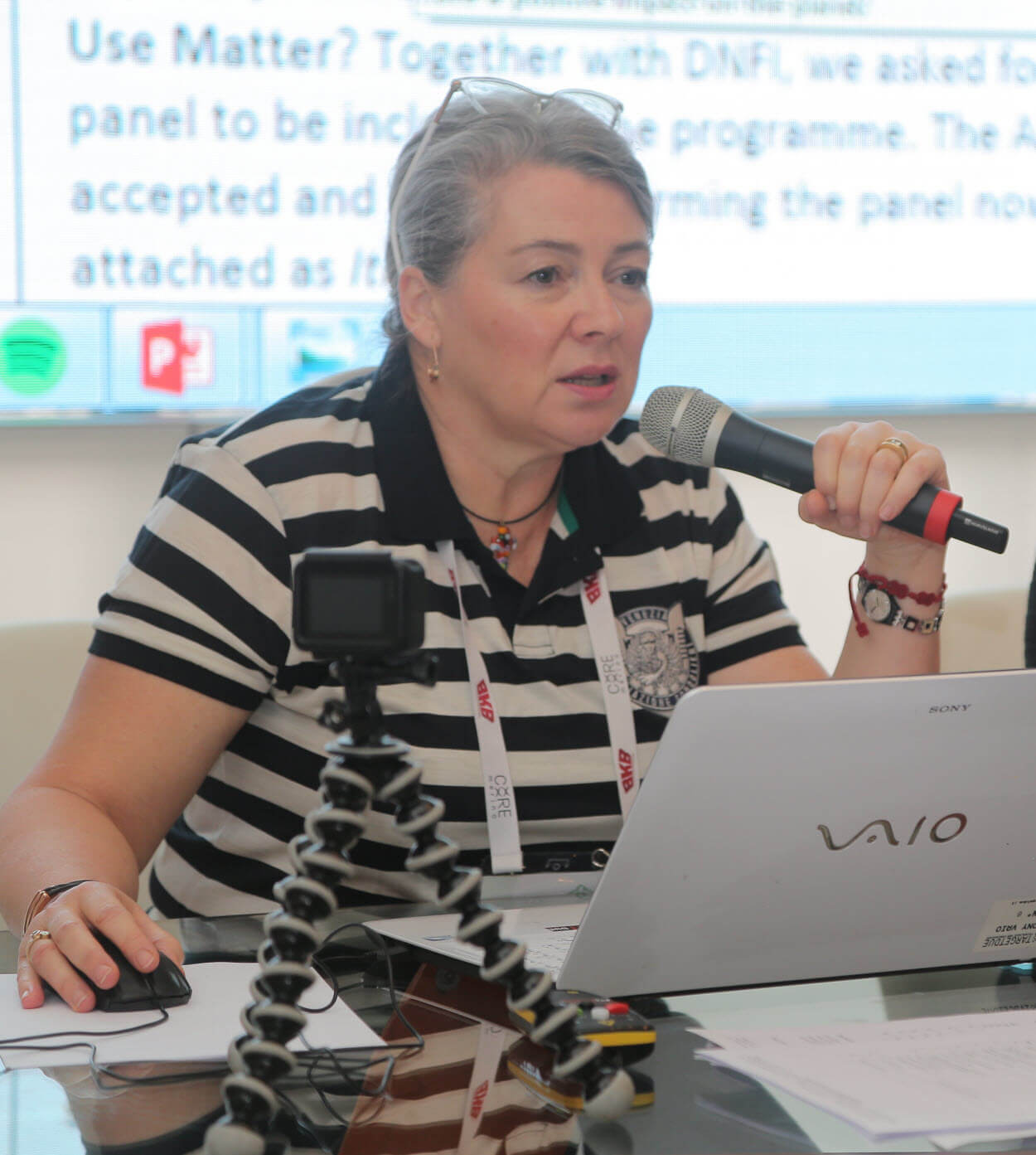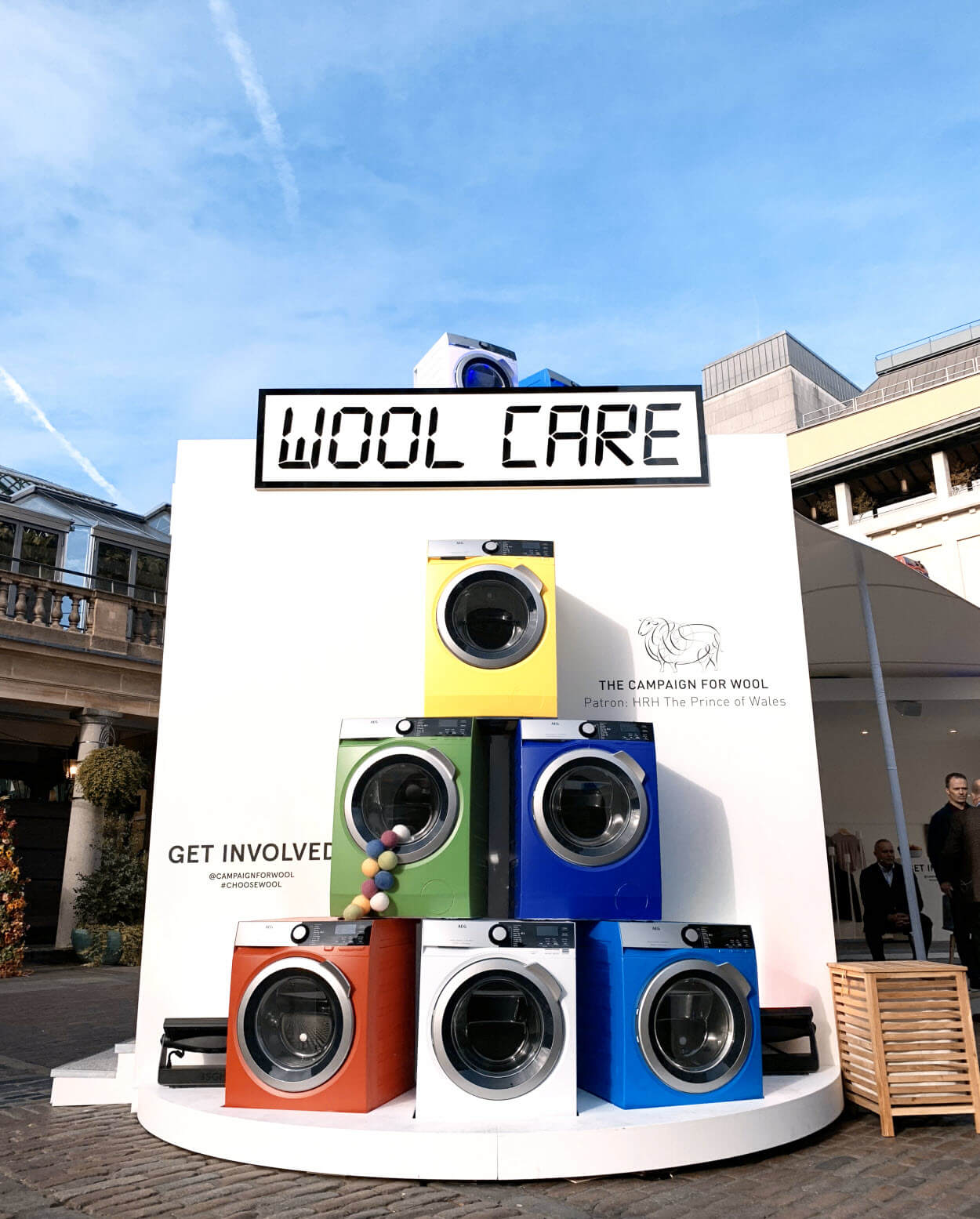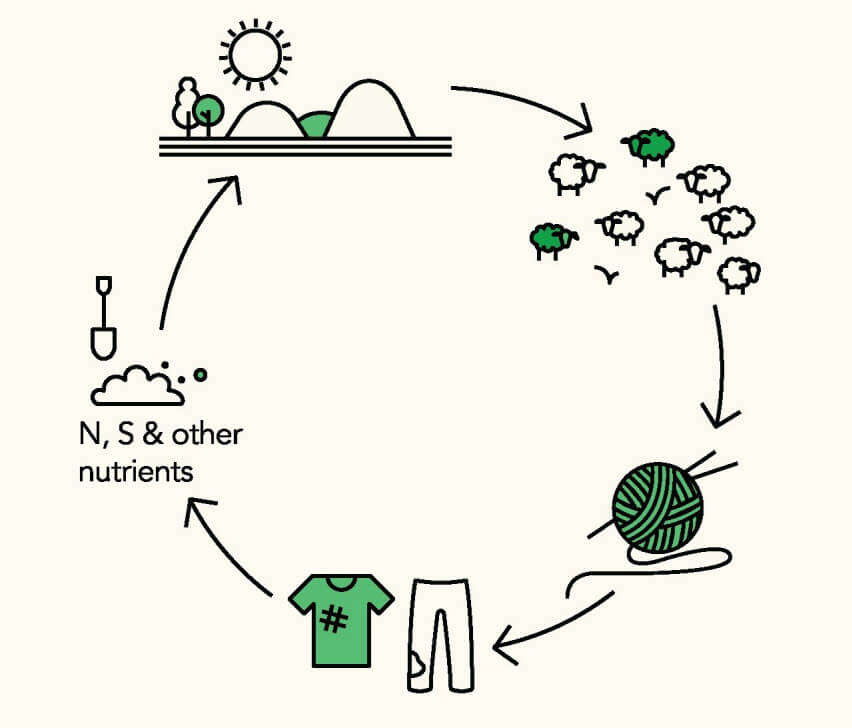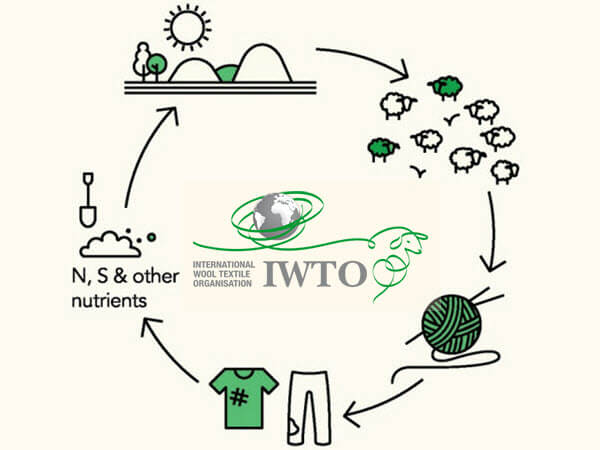
Wool provides circular solution for textile and fashion industry
By Dalena White
As the pressure grows on the textile and clothing sector to tackle pollution and waste, Dalena White explains why the industry’s oldest relationship – wool and the circular economy – can provide an answer.
In March this year, the European Commission published a document that looks set to be the catalyst for a major and dynamic new phase in work towards a circular economy within the textile industry.
Sustainable Products in a Circular Economy – Towards an EU Product Policy Framework Contributing to the Circular Economy noted the large potential of the sector to become part of the circular economy and identified apparel and fabrics as priorities for future focus.
Unlike many other textiles, used wool clothing has long been compatible with both open and closed loop recycling processes, and has been a commercially viable raw material for over 200 years. This puts wool, with its natural circular attributes and benefits, in an ideal position to support this vital work in Europe.
Led by the International Wool Textile Organisation (IWTO), wool businesses have been preparing for this moment. Nonetheless the wool sector faces significant challenges. The leading environmental tools that are currently available as reference points for businesses and policy makers provide a poor rating for the sustainability of wool, along with most other natural fibres.
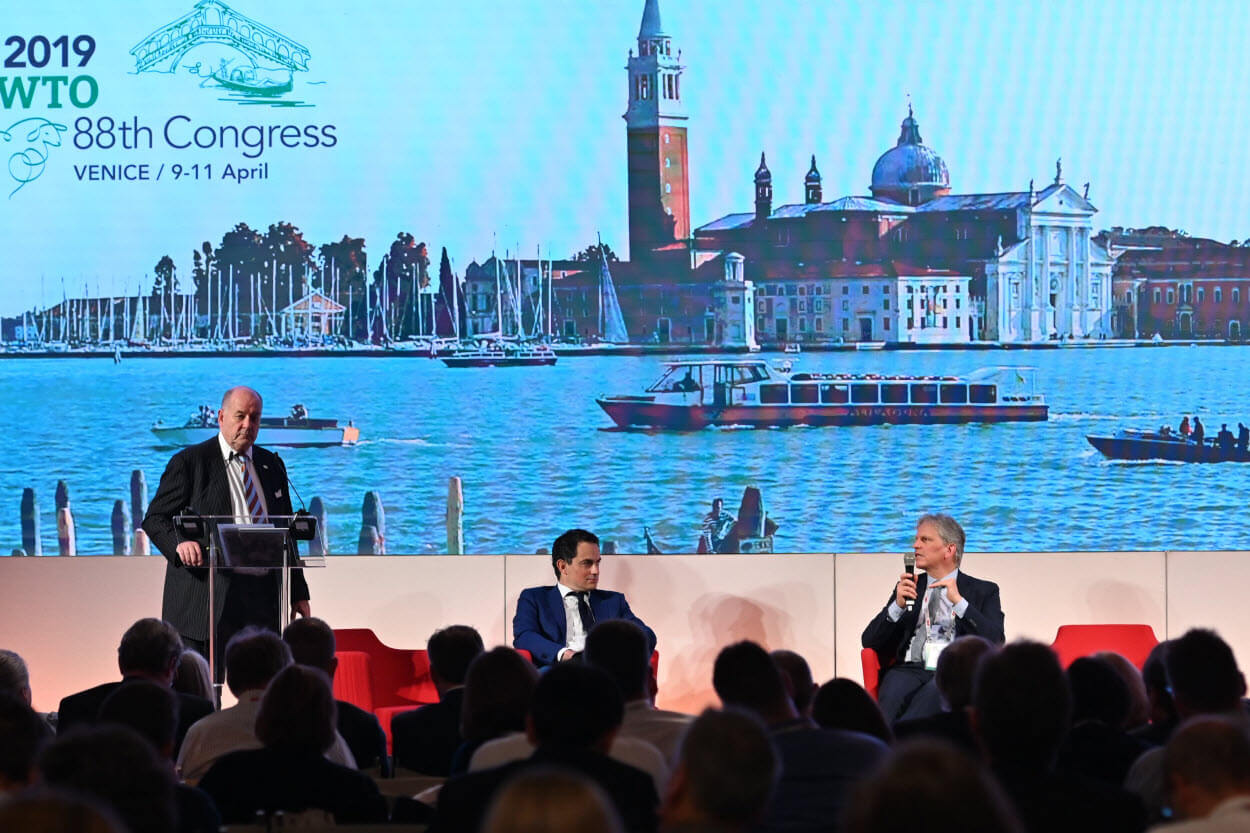
What retail needs from wool is more casual, more sustainable clothing from a traceable supply chain. (Left) IWTO Retail Forum Chair Peter Ackroyd in discussion with (centre) Giovanni Schneider, CEO of the major wool processor and supplier the Schneider Group, and (right) Heinz Zeller, head of sustainability and logistics at Hugo Boss, at the 2019 IWTO Congress in Venice
Despite clear guidance that the impact of a textile should be measured from cradle to grave, the likes of the Sustainable Apparel Coalition’s Higg Index and its Materials Sustainability Index (MSI) measure a garment’s footprint only until it leaves the shop floor. This overlooks important environmental impacts, including those that are currently uppermost in the minds of the media and many consumers, such as the release of microfibres, whether the garment can and will be recycled, and biodegradability.
The results of wool in the ratings games is counterintuitive, to say the least: grass recycles carbon from the atmosphere, sheep turn grass into wool, the wool is harvested once a year, and it grows back. It’s a renewable source, created by nature. The wool fleece is then transformed into yarn and yarn into cloth. The desired textile can be worn for many years. And vintage wool garments are highly sought-after.
When a wool item finally reaches the end of its useful life, it can either be recycled to make new yarn or simply be discarded into the compost heap, where it naturally biodegrades, putting nutrients back into the soil.
Thus, wool is the perfect circular economy, originally designed around 5,000BC and as reliable today as it has ever been.
While these points are not yet reflected in the environmental tools that will inevitably inform thinking and focus at a political level, at IWTO we have been working to change that. We are building on research carried out by Dr Stephen Wiedemann and Dr Kalinda Watson of Integrity Ag & Environment in Queensland, Australia, and funded by Australian Wool Innovation.
Along with partners we are using clear scientific evidence to promote the inclusion of the full life cycle of materials in ratings tools and policy instruments. For example, we have joined projects such as Plastic Leak to help develop robust methods for assessing microplastics.
And the wool industry’s investments in R&D are bearing fruit – important new information on care practices and length of use for wool garments is coming soon, stemming from a wardrobe study conducted in five countries around the world. More projects on the washing frequency of garments and recycling are also in the works.
Our overarching message is simple – the linear, race-to-the-fastest-fashion model has given us landfills of unrecyclable textiles and water systems clogged with microfibres. To quote Sir David Attenborough, life on the planet is one coherent ecosystem. Data pertaining to the use of non-renewable fossil fuels, microfibre pollution and growing mountains of textile waste can no longer be ignored. And in that context, wool is ready to take its place in the spotlight as politicians, business and the general public continue along the path to a sustainable circular economy.
Dalena White is secretary general of the International Wool Textile Organisation (IWTO). Learn more about IWTO and its work in wool sustainability at www.iwto.org
Have your say. Tweet and follow us @WTiNcomment


